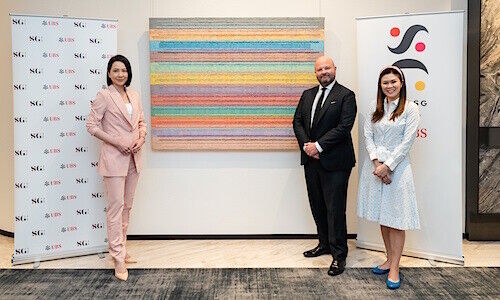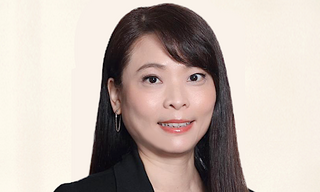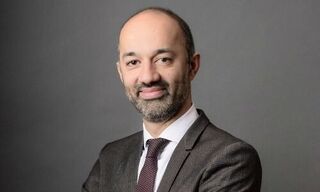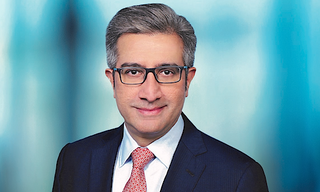HSBC customers in China can now make payments with a selfie, thanks to the introduction of facial recognition technology in the bank's mobile app.
With the new system, the customer blinks into their camera using the «selfie mode». Their identity is then checked against a photo held on a database. If the pictures match, and the customer enters the correct passcode into their banking app, they can transfer up to $7,600 a day.
Previously, they had to use a token device for authenticating and making transfers. China is the first country where HSBC is using facial recognition technology in this way. The bank has not said when the system will be rolled out in other countries.
HSBC has been active in implementing biometric techniques for customer authentication. In February last year the bank announced plans to roll out voice recognition and Touch ID for 15 million UK customers, and in September previewed the introduction of facial recognition to speed up on-boarding for new business clients.
Nothing New
The latest move comes on the back of recent research commissioned by the bank which indicates that people in Asia are more likely than those in Europe and North America to have confidence in new technologies. More than 60 percent of Chinese people believe that biometrics, such as facial or fingerprint recognition, will be the only way to access banking services within 10 years, the Trust in Technology report found.
Consumers in China are already using facial recognition and authentication on a daily basis. The biometric tool has been installed in bank ATMs since 2015, and it is being tested for everything from retailing at KFC outlets to boarding flights in airports.
Ant Financial, the banking subsidiary of local e-commerce giant Alibaba, is also experimenting with the technology, introducing a pilot programme to test the technology as a means of authentication for customers picking up packages at smart courier drop off boxes. It has also implemented a consumer credit service that allows users to check their accounts and file taxes by scanning their faces,

























